The Ballet Boom – Ballet Finding Its Home in India by Anagha Madhan
A common belief in India is that ballet has little to no presence here. Often, it is assumed to be the artform that is confined to Western countries. In fact, people often do a double take when we mention ballet as the dance form we chose to take up! This perception, however, doesn’t reflect the current reality. Ballet in India may still be niche, but it is rapidly growing and extremely vibrant, with increasing interest, opportunities, performances, and accomplishments in recent years. In this blog, as part of our mythbusting series, we aim to challenge the misconception that ballet is not popular in India by exploring its development, the efforts of the passionate dancers and teachers (responsible for not only the flourishing of the dance form here, but also for bringing it to Indians), and the exciting ways it’s finding its place in India’s diverse dance culture. We will uncover how India’s evolving dance landscape is embracing ballet as a universal, inspiring art form!
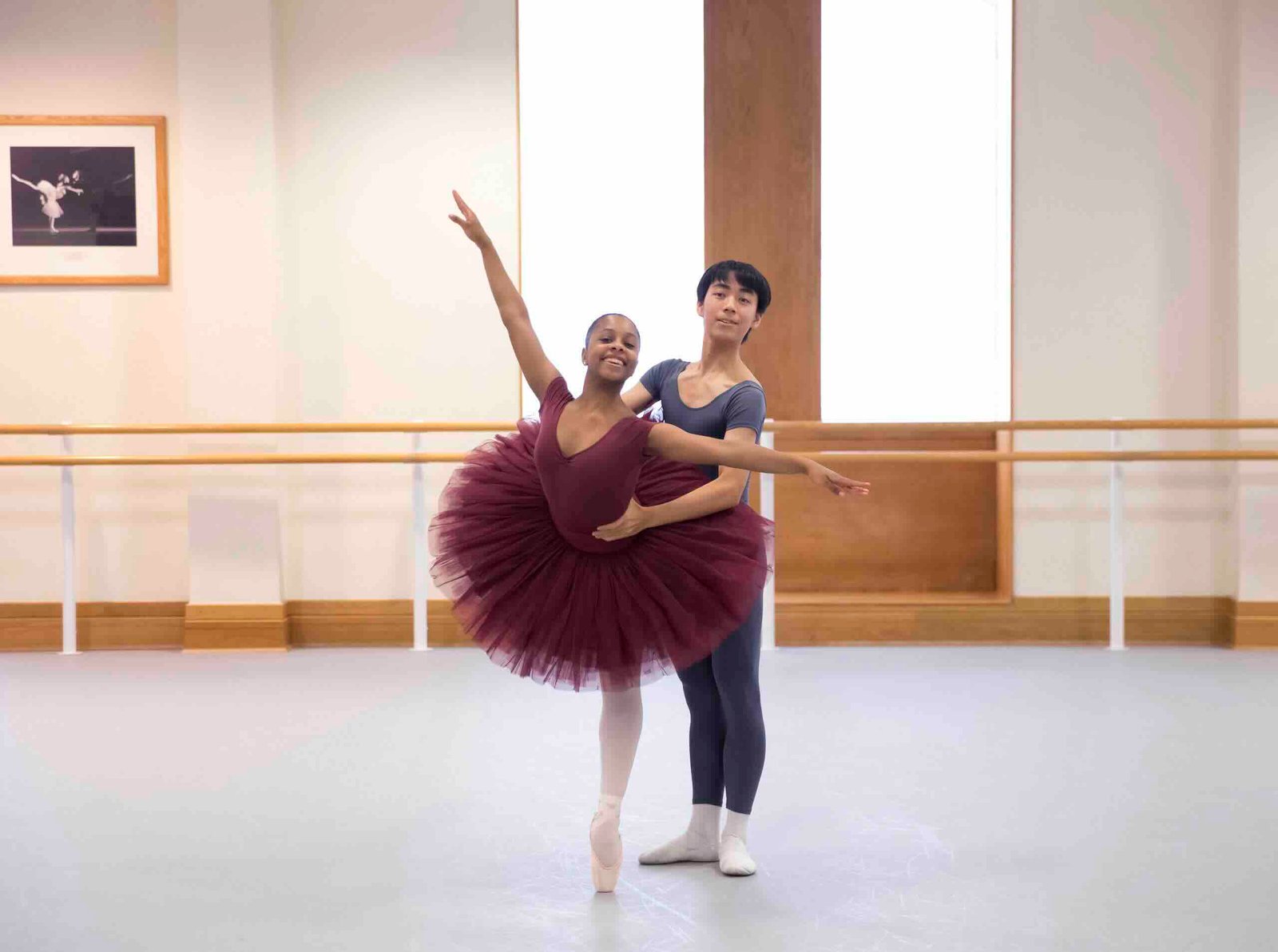
A Day in the Life at The Royal Ballet School, Photo: Royal Ballet School
Ballet: A Western Import?
In our mythbusting series, we often recognize that myths are often rooted in some element of truth, and this case is no exception. The perception that ballet is “not Indian” stems from a lot of cultural and historical factors. India is a country soaked in culture, tradition, and heritage. From corner to corner, our country has a broad range of everything – from dance forms, food, and clothes to rituals, festivals, and traditions! In terms of classical dance forms, we have an extremely rich heritage with styles such as Bharatnatyam, Kathak, Odissi, and Kathakali, which are deeply ingrained in the nation’s identity for centuries. These dance forms have understandably overshadowed the introduction of ballet – which was seen as foreign and unrelated to India’s cultural roots.
Another factor we must consider is the historical lack of exposure to ballet. Unlike Europe and North America, where ballet has been a strong part of mainstream culture for generations, and it is not uncommon for everyone to have attended at least one ballet class as a child, India has not had access to ballet schools, performances, or resources for much of its history. Ballet’s presence was limited to fleeting mentions in pop culture or rare performances as a part of tours by companies – which were often only accessible to elite audiences. In terms of the general public, of course there were influences of ballet such as pointed toes and tutus as a part of dances in the local circus show, however, it was not known by name and exposure was extremely limited for a very long time.
Considering all of this, we see where the perception of ballet as a Western or “imported” art form comes from. For many years, Western dance styles, including ballet, were considered a novelty or an exotic luxury, rather than a serious art form with rigorous training that could take place in India. This perception paid a huge contribution to the belief that ballet was out of place in a country with such a strong tradition of indigenous dance.
Of course, we cannot ignore the logistical challenges such as the limited availability of trained ballet teachers, appropriate studios, and performance venues. Such factors hindered the growth of ballet in earlier decades. All these factors combined to create an impression that ballet was not viable, let alone popular, in India. However, as we’ll see, this narrative is now changing!
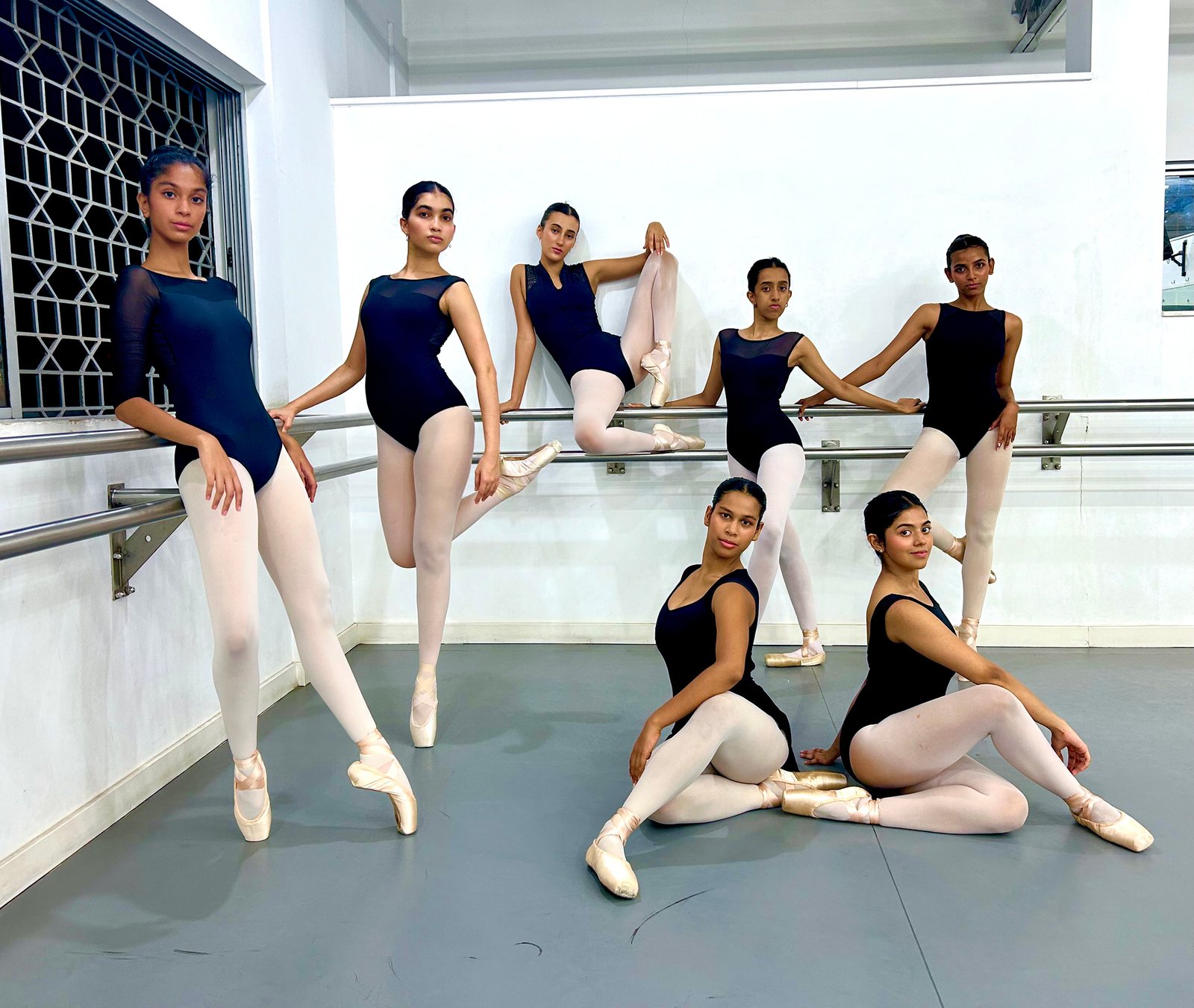
National Youth Ballet, TLFCB
The Role of Ballet Schools – Bridging Heritage and Novelty
In cities like Bangalore, Chennai, Mumbai and Delhi, ballet schools are emerging, and some have been around a long time (like the School of Classical Ballet and Western Dance, which has been around since 1966). These are spaces not just for learning technique, but hubs where Indian ballerinas engage with the art form and each other. At The Lewis Foundation of Classical Ballet, we follow the Imperial Society of Teachers Dancing (ISTD) curriculum, but classes are not tailored solely upon this curriculum. Dancers are allowed to grow at their own pace, learning more advanced steps once they’re ready while ensuring a strong foundation of ballet.
Online Platforms and Their Role in Accessibility
India’s digital transformation has no doubt been a game changer for the ballet community. Teachers and schools use platforms like Zoom, YouTube, and Instagram to break barriers of location and accessibility. Virtual ballet classes, especially during the Covid-19 times, enabled students to join in from wherever they were to learn alongside students in the metropolitan cities. For example Sarah Surinder Kundi, a ballerina of Indian heritage, who has danced for the English National Ballet and is now part of the Artistic Staff of the Royal Ballet, has (along with other ENB dancers) a masterclass series – English National Ballet At Home; and she’s not the only one! Many workouts and follow-along pilates sessions online are ballet inspired, and have increased the reach of ballet exponentially.
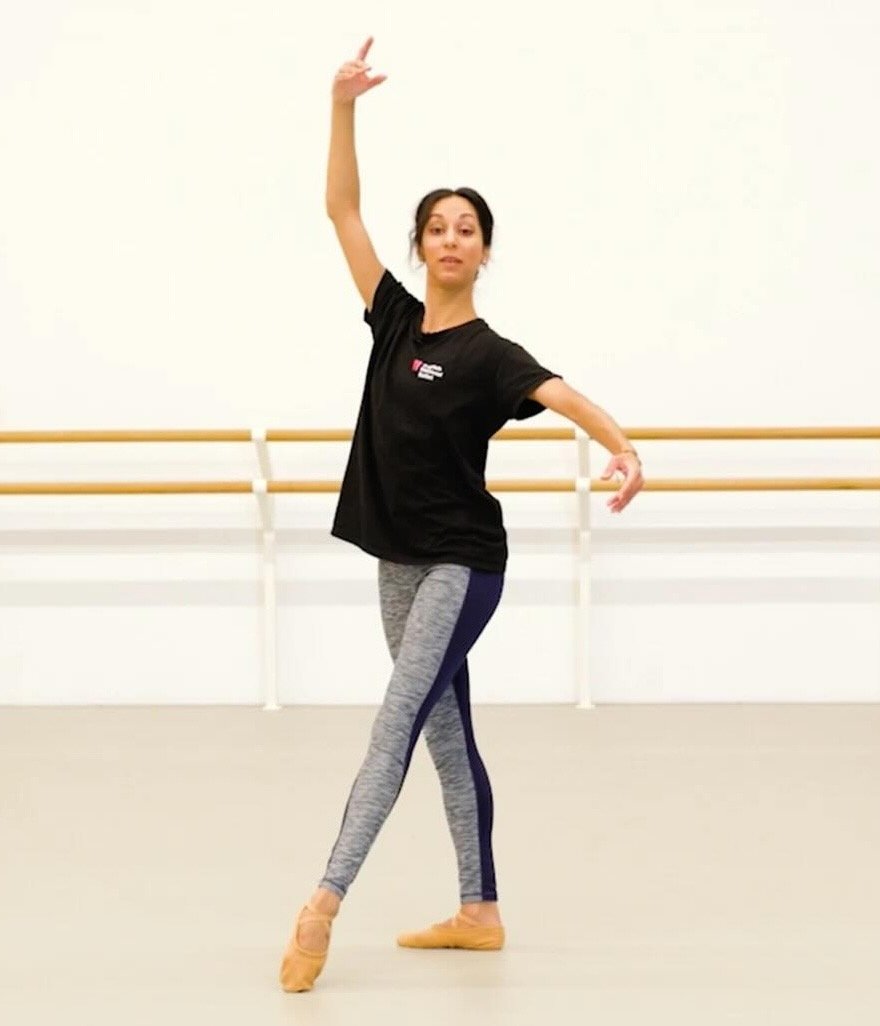
Sarah Kundi, Photo: English National Ballet
YouTube also plays a major role in demystifying ballet – many ballerinas post their vlogs or day in the life videos, making this artform and what to expect from it something all children can access and gain inspiration from! Similarly, watching snippets of performances from major companies like the Royal Opera House also provides a lot of inspiration for dancers to look up to. Coming to class and learning these dances makes it all the more achievable for budding dancers.
Teachers from reputed schools, or principal ballerinas from reputed companies also curate specialised online workshops and masterclasses, giving an opportunity for students to pursue further excellence without needing to travel abroad. Such accessibility ensures that ballet is not confined to specific places – but part of the larger fabric of India.
Social Media: Changing Perceptions & Creating Awareness
Social media has provided ballet in India an unprecedented platform to flourish. Dancers and companies alike use platforms like YouTube and Instagram to share performances, instructional videos, tips, and personal stories. These posts reveal the dedication, and the cultural adaptability of ballet in India, shattering stereotypes that it does not belong here.
More importantly, it provides a storytelling aspect which allows ballet to intertwine with Indian experiences. From celebrating Indian festivals with a twist of ballet, to choreographing pieces blending Carnatic music with classical ballet, these artists prove that ballet has no race, and is not foreign – it is an artistic dialogue that in fact complements the cultural richness of India.
These days there are many success stories of Indian dancers making it to prestigious international dance companies. Stories like this symbolise the acceptance and potential of ballet in India. Platforms like reels and shorts also showcase local productions of ballets like The Nutcracker and Swan Lake proving that Indian dancers are extremely capable of performing at global standards, without losing their unique cultural identity!
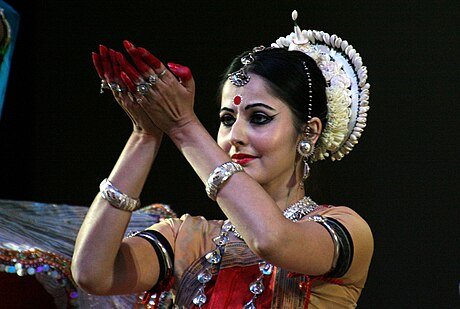
Reela Hota
Why Ballet Belongs in India
Ballet thrives in India not because it fits flush and neatly into a globalised world, but because its core values – discipline, storytelling, hard work, and artistry – align seamlessly with Indian traditions. In a country where dance forms like Bharatanatayam and Kathak tell ancient tales through intricate movements, ballet offers another medium for narrative expression. It is not a replacement for traditions; rather, it augments India’s diverse artistic ecosystem.
By integrating Indian music, costumes, and themes into ballet performances, schools and dancers demonstrate that this is an artform that can evolve while simultaneously respecting its roots. For example, in 2013, dancer and choreographer Reela Hota collaborated with ballet dancers from the Bucharest National Opera House to create a unique fusion performance based on the poetry of Rabindranath Tagore. This production blended Odissi, a classical Indian dance form from Odisha, with Western classical ballet, exemplifying the seamless integration of ballet into India’s cultural tapestry.
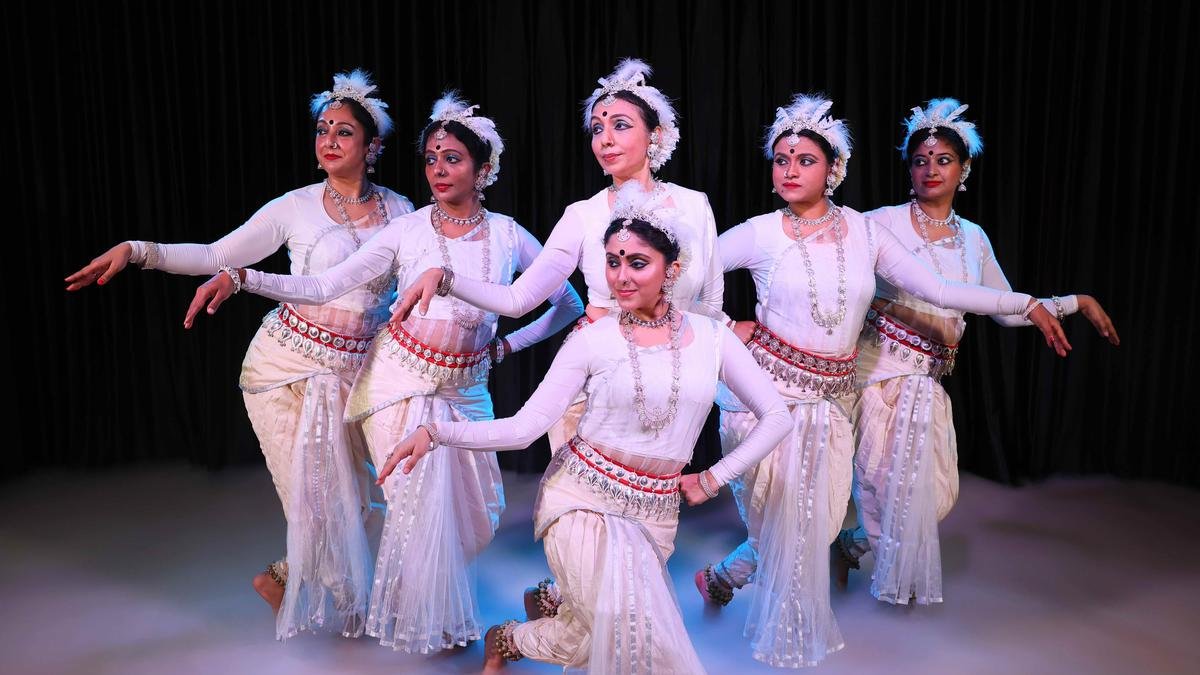
Hanshika
In the same vein, in 2012, renowned Indian contemporary dancer Astad Deboo presented a performance titled “Interpreting Tagore” in Mumbai. This lyrical dance narrative combined classical and contemporary forms, paying tribute to the legendary poet-author Rabindranath Tagore. Another such example is Hansika, by Sanjali Centre of Odissi Dance, which is an adaptation of the ballet Swan Lake by Tchaikovsky performed in the Odissi dance form.
The Community Aspect
The growth of ballet in India is also owed to the effort of schools, parents, and cultural organisations. Ballet schools have not only provided technical training but also fostered a sense of community among students and their families. Teachers often go beyond lessons, encouraging creativity and self-expression while instilling discipline and perseverance—values deeply cherished in Indian culture.
Parents play a vital role in this journey by supporting their children’s aspirations and recognizing ballet as a valuable art form. From enrolling their children in classes to encouraging their participation in recitals and exams, parents are instrumental in creating a foundation for ballet’s growth. Their enthusiasm sends a powerful message that ballet is not just an extracurricular activity but a legitimate pursuit that deserves attention and respect.
Cultural organizations have also contributed by including ballet in their programs and events. Showcasing ballet alongside traditional Indian dances at festivals and cultural showcases helps bridge the gap between the art forms, fostering greater appreciation and acceptance among audiences. The incorporation of ballet into mainstream cultural programming demonstrates its relevance in the diverse artistic landscape of India.
To further ballet’s development in India, it’s essential for communities to actively engage with the art form. Attending performances by local ballet schools and professional companies can provide much-needed encouragement and exposure for budding dancers. Parents and enthusiasts can also support the movement by advocating for ballet’s inclusion in cultural festivals, school programs, and even televised events, which can help reach wider audiences.
Additionally, spreading awareness through social media, word of mouth, and local networks can amplify the efforts of ballet schools and dancers.
Ballet in India is not just a passing trend, it is an art form steadily gaining traction and transforming perceptions. The future of ballet in India looks bright, but it will thrive even more with our collective effort. Together, we can ensure that ballet continues to grow and enrich India’s cultural fabric for generations to come!

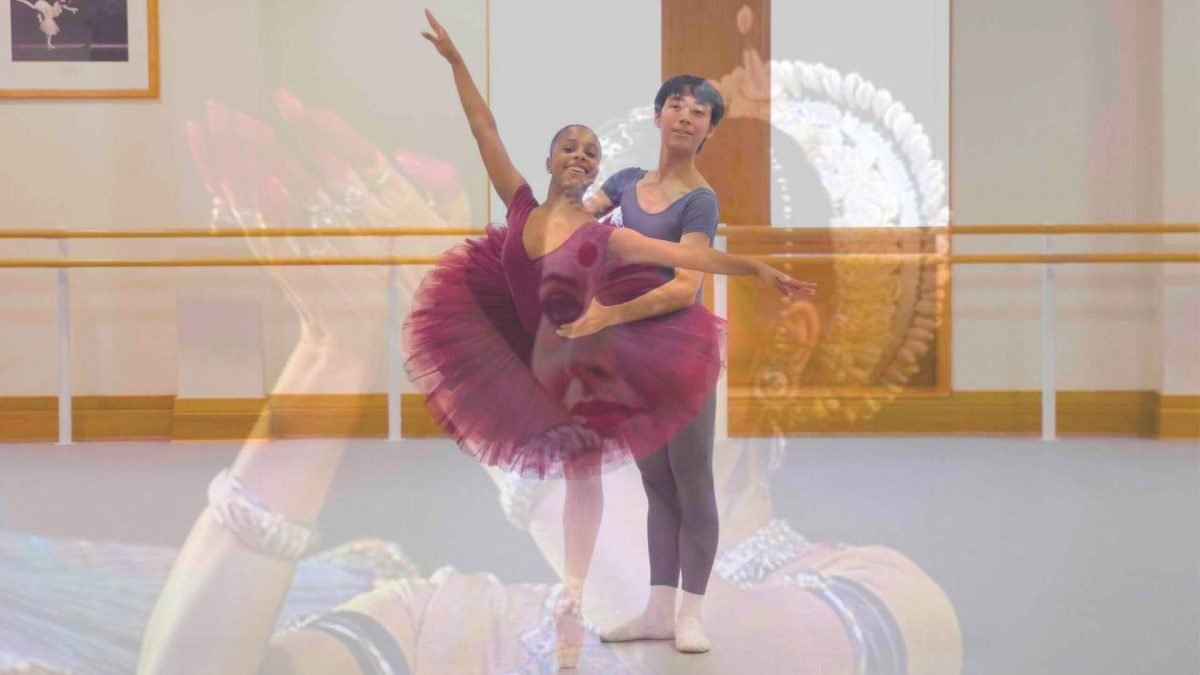






Leave a Reply